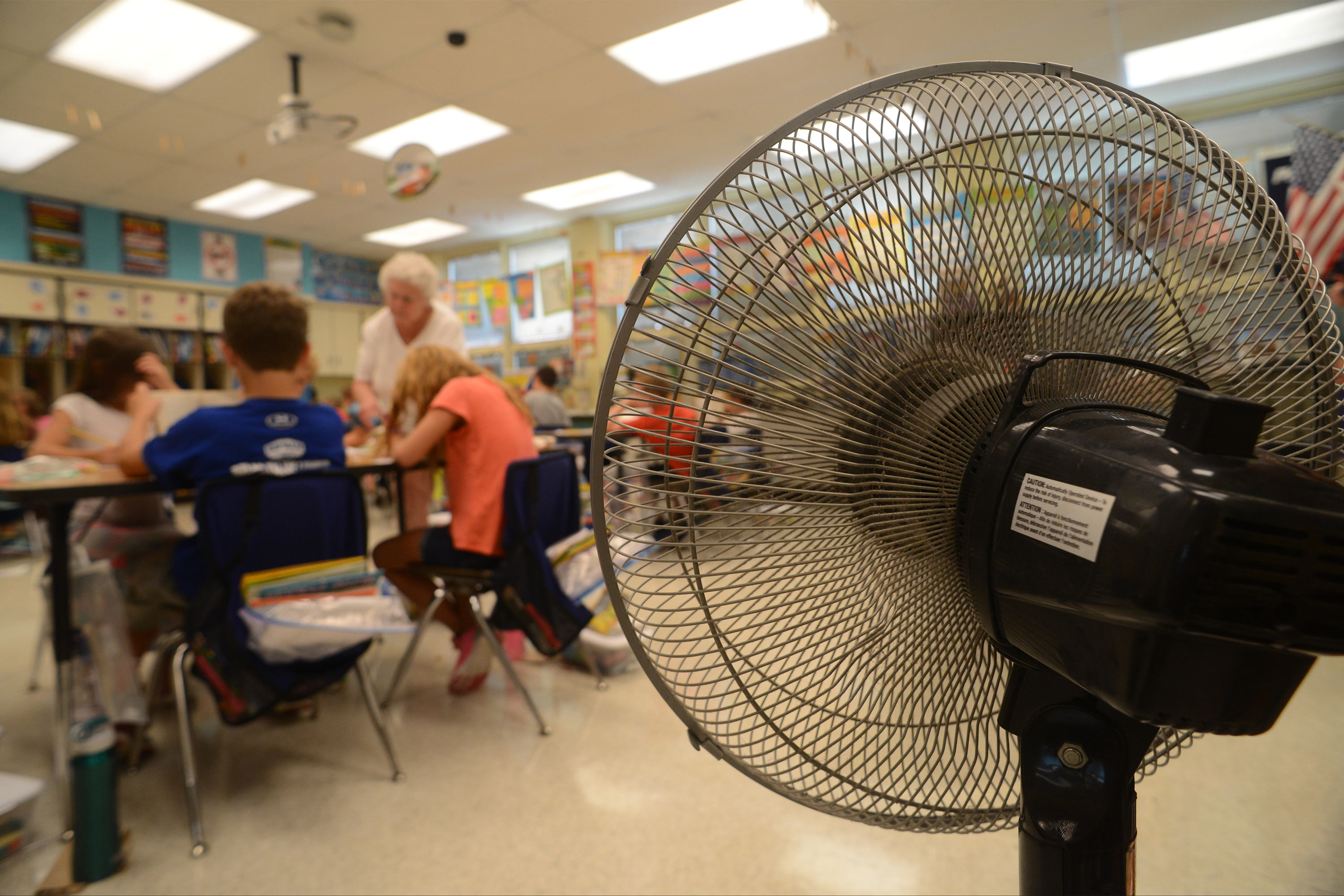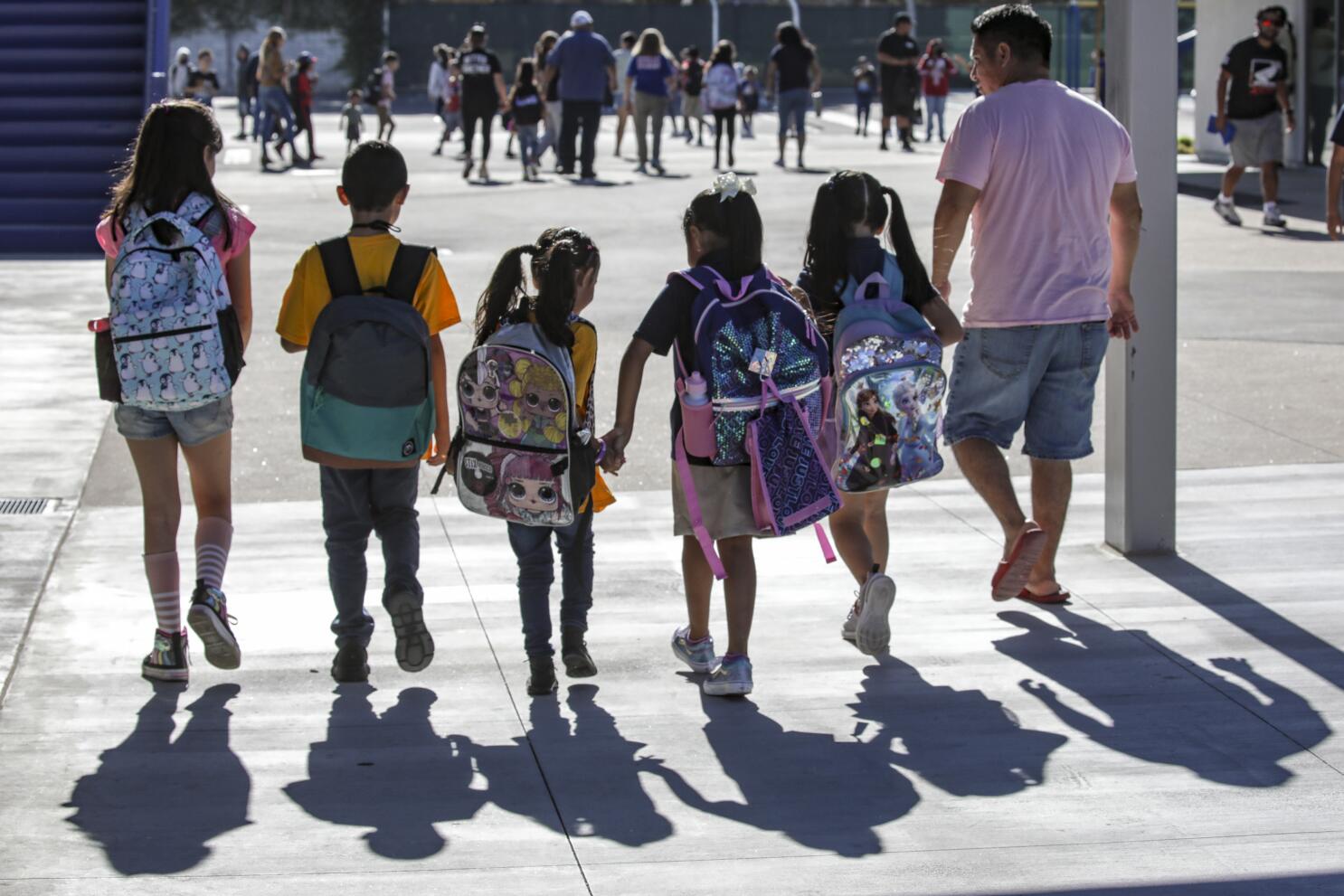Proposed rules in California aim to protect workers from extreme heat, extending to schoolchildren and requiring school districts to implement cooling measures in classrooms.

Impacts on Education and Health
The California Federation of Teachers highlights the critical link between working conditions and student learning outcomes, stressing that high temperatures can impair learning and health. Schools without air conditioning, such as Bridges Academy at Melrose in East Oakland, face challenges in keeping classrooms cool. Innovative solutions like using fans and closing curtains during peak heat are being employed.
Comprehensive Heat Protection Measures
California is set to enforce stringent heat protection rules, extending to school districts, as part of Governor Gavin Newsom’s climate change response. These regulations aim to cool indoor workplaces, including schools, below specified temperatures to protect workers and students alike. The rules provide flexibility for businesses and schools that may struggle to meet cooling requirements, allowing alternatives like cooling vests and breaks for employees and students during extreme heat. The initiative comes amidst rising concerns over the health impacts of extreme heat, which has become more frequent and intense due to climate change. The costs of upgrading school infrastructure to meet these standards are significant, with estimates running into billions of dollars.
National and Local Initiatives
While California moves ahead with pioneering heat standards, other states are grappling with similar challenges. Efforts in New York, New Jersey, and Colorado highlight varying approaches to ensuring safe and comfortable learning environments amidst rising temperatures. At the federal level, the Biden administration is working on regulations to protect indoor and outdoor workers from heat exposure, emphasizing the need for comprehensive safety measures.
Calls for Action
Advocates like the California Federation of Teachers are pushing for legislative action to enhance school climate resilience, calling for a master plan to upgrade school heating and cooling systems.

As California prepares to implement new heat protection standards, the focus is on safeguarding the health and education of students and workers. By prioritizing cooling solutions and flexibility in implementation, the state aims to mitigate the adverse effects of extreme heat and ensure safe learning and working environments statewide.
